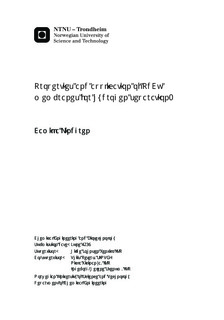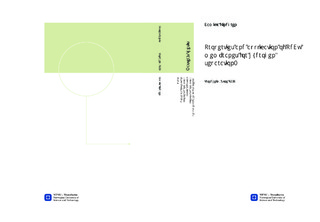| dc.description.abstract | Hydrogen is one of the most important chemicals used in the industry today. The energy in hydrogen molecules can be converted into electric energy in fuel cells, and hydrogen is thus considered an energy carrier for the future. A membrane of palladium and certain Pd-alloys absorb and diffuse hydrogen in the solid, and give 100 % separation selectivity. Alloying palladium with silver leads to an increase in the hydrogen permeability, but pure Pd and Pd-Ag alloys are vulnerable for Co and sulfur poisoning which leads to reduced permeability. Membranes of palladium alloyed with copper are known to be more chemically resistant than pure Pd and Pd-Ag alloys and has thus received a lot of attention lately. They are also lower in costs. The main objective in this work has been to study the fundamental properties of the Pd1-xCux membranes, such as hydrogen permeation and solubility. These properties depend on different factors as structure and composition of the alloy, the temperature and the total pressure difference over the membrane. The membranes used in this study are manufactured by SINTEF Materials and Chemistry in Oslo, by a sputtering technique.
Hydrogen permeance and permeability for Pd1-xCux membranes in the range of 5.8 at% -
55.1 at% copper have been obtained upon stabilization under hydrogen and sweep gas, and under pure hydrogen and total differential pressure in absence of sweep gas. A significant part of this master thesis was building the setup where these experiments were performed. A trend of decreasing permeability with increasing copper content for the membranes was observed. However, the permeability is not constant for a specific composition. This could indicate that there are deviations in the microstructure due to the sputtering technique, and that impurities, time and contamination during the storages can influence the permeability
Hydrogen solubility through the Pd1-xCux membrane was measured by volumetric chemisorption, and shows a decreasing trend with temperature and copper content. Moreover, the absorption isotherms showed a non-linear trend at high pressure, which increase with increasing copper content and it affects the reproducibility. This trend could be a result of the phases present in Pd-Cu alloys depending on the conditions and composition.
The lattice parameter of the Pd1-xCux membranes was studied by X-ray diffraction, and was estimated to be lower than for pure Pd. This indicates that alloying Pd with Cu decreases the unit cell volume. | |

